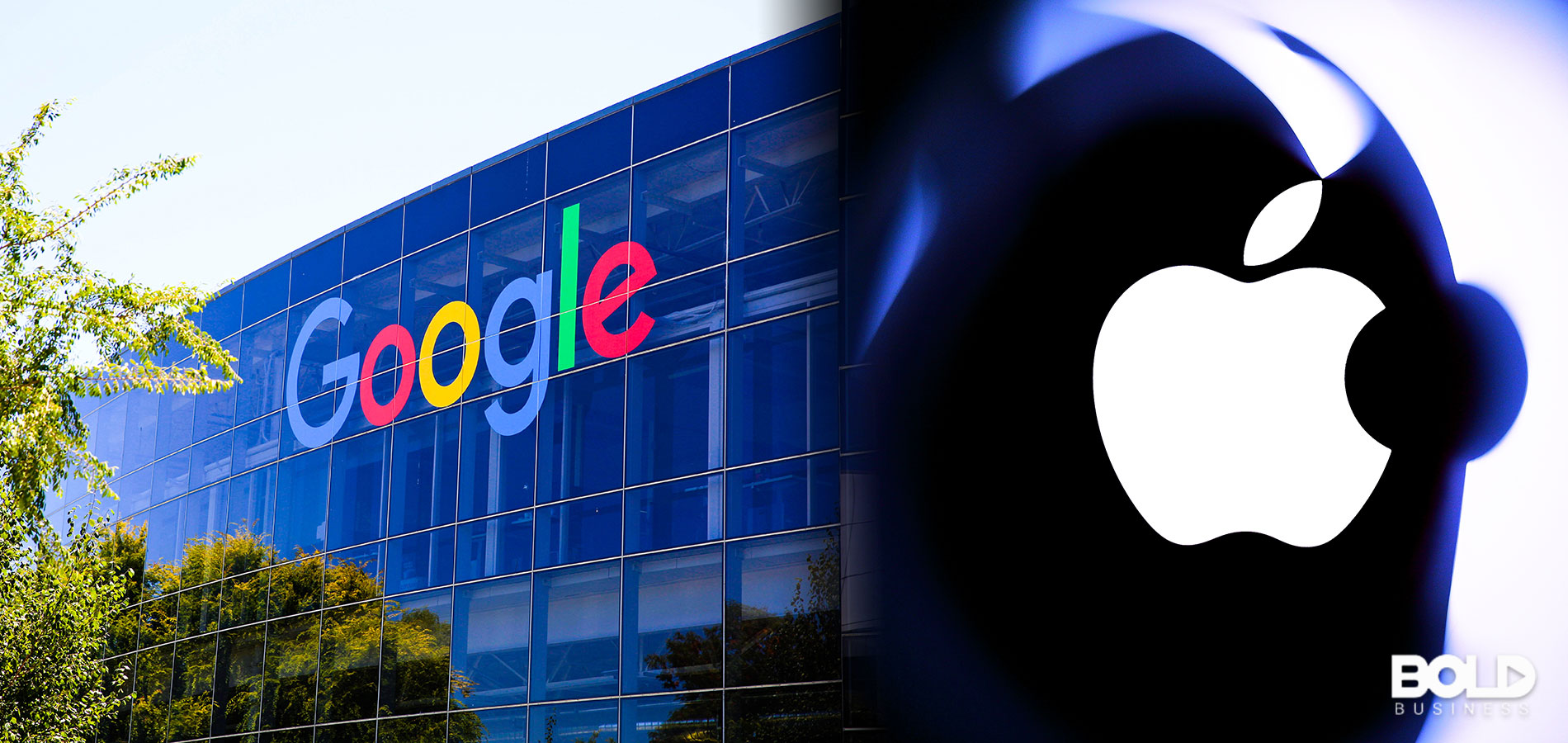As a global industry, sports is a big deal. In 2018, the entire sports industry generated over $471 billion, reflecting a 45 percent increase in only seven years. From broadcast media rights, to commercial sales, to game day revenues, sports has enjoyed a great ride. But is it coming to an end? In terms of COVID-19 and sports, is the impact on global revenues about to take a turn for the worse? Probably not. But in all likelihood, the sports industry of the future will look quite different from the one from just a few months ago.
The industry has had to adapt like nearly others have. Major sports leagues rapidly canceled games, and then canceled entire seasons shortly after the world went under lockdown. Safety became a priority, and social distancing pushed fans into their homes with only reruns of sports classics to watch. While this might be fine as a temporary option, it is definitely not great for the long haul. And with social distancing expected to stick around for months if not years, sports are evolving. In fact, with the recent NFL draft eschewing all the physical fanfare it usually has, sports are now even more digital than before!
“I couldn’t be more proud of the efforts and collaboration of our clubs, league personnel, and our partners to conduct an efficient Draft and share an unforgettable experience with millions of fans during these uncertain times.” Roger Goodell, Commissioner of the National Football League
As millions of people are in lockdown at home, a rise in entertainment viewership has certainly occurred. You would expect Netflix, Amazon Prime, and other streaming services to be big winners, and they are. But surprisingly, COVID-19 and sports viewership are similarly related. Even though many sports channels are playing classics and news, consumers are still dialing in. Naturally, this reflects the current state of affairs with so many people at home. But it also shows the notable role sports now plays in society and in our entertainment. This offers an ideal market for virtual sports and other similar products to excel.

A great example of this involves the recent NFL 2020 draft, previously scheduled to take place in Las Vegas. Instead, the entire 3-day draft took place virtually as Commissioner Roger Goodell announced selections from his basement. While this may not have all the pizzazz as Las Vegas, viewership was tremendous. In fact, the overall virtual sports viewership increased 16 percent from 2019’s ratings. All total, more than 55 million NFL fans, players, and coaches tuned in to watch the draft results. Nearly 40 percent of these viewers tuned in on the first day. Despite COVID-19 and sports interruptions, virtual sports provided a good solution for the situation.
“How will (virtual reality) evolve in the future? I think people will have the capability to go into their own room and watch these contests as if they are there. It promotes a safer environment and they may be able to still feel like they are there.” – Irwin Kisner, Executive Chairman of Herrick Sports Law Group
Business and Youth Driving a Shift to Virtual Sports
When it comes to COVID-19 and sports, businesses are likely to be a major driver of virtual sports. Notably, many people are working from home during this pandemic. As a result, workplaces have been forced to develop and advance important infrastructures for this purpose. One key aspect of this has been to create immersive solutions that connect real and virtual environments. As employers and employees become more accustomed to these solutions, it is highly probably more people will embrace virtual sports. And with social distancing likely to affect sporting events for a long-time, there will be ample time for this evolution.
Business transformations during this pandemic are not the only drivers of virtual sports. Generational shifts are also relevant in this regard. For some time now, younger individuals have been embracing e-sports catapulting this industry ahead. These developments have included sports like drone racing as well as virtual NASCAR competitions. As augmented reality products have intrigued many, virtual sports that utilize these enhancements will expand. Not only will this invite new ways for consumers to engage in virtual sports. It will also make the experience more unique, personalized, and perhaps preferred. These developments have already been shaking up the industry long before COVID-19 and sports cancellations occurred.
“Sports is grappling with an audience under 30 that’s radically different…A more immersive experience around sports is definitely coming.” – John Kosner, former executive at ESPN
Technology, COVID-19 and Sports
From a technology perspective, major advances have occurred that are attractive to sports enthusiasts. Even outside of sports, augmented reality and virtual reality products are expected to grow 23 percent by the end of 2020. Combine this with self-isolation and social distancing, a perfect storm looks to be forming that unites technology with social change. Some may assume that once a coronavirus vaccine is developed, society may revert back to the way it was previously. But as consumers get used to new virtual and augmented realities, this may not be the case. COVID-19 and sports shifts during this time may alter sports interactions forever.
This is not the first time such a shift has been seen. The terrorist attacks of 9/11 dramatically changed sporting events. Technologies were used to screen entrants into games to enhance monitoring and surveillance. Few games were actually cancelled, but the impact was significant nonetheless. With COVID-19 and sports, safety issues are much more extensive in nature. We cannot even test and screen high-risk populations well, much less fans entering a stadium. Thus, the effects of coronavirus on sports is likely to be long-lasting. It will during this time that fans will explore other options including virtual sports. And businesses that capture their interest will undoubtedly succeed in this challenging new world.




